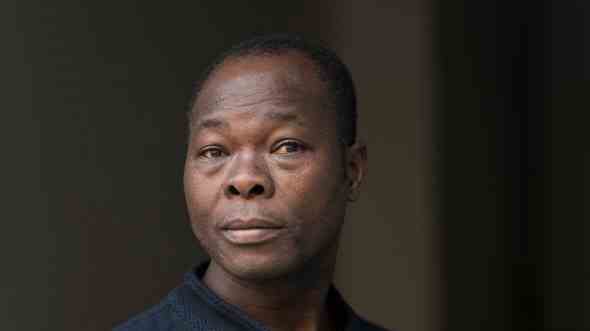At some point, Diébédo Francis Kéré, 56, watched the film after all. During his lectures, young people kept pointing out to him that what he designed looked “as if it came from Wakanda”. Wakanda is the fictional African country in “Black Panther”, the first black superhero film from 2018, which is far superior to the rest of the world with its futuristic metropolis, its prosperity and, above all, its technical knowledge. Kéré liked the fantasy world because “it makes you dream”. And to dream, but also to take more risks, he also wants to move people with his buildings, his schools and hospitals, the opera village initiated by Christoph Schlingensief, the Goethe Institute in Dakar or the new parliament buildings for Benin and Burkina Faso.
Francis Kéré is the first black architect to receive the $100,000 Pritzker Prize, the most important annual award in architecture. His own life was anything but a dream, especially at the beginning. Kéré was born the eldest son of the chief of Gando, a village in Burkina Faso. Because he was supposed to be the first to learn to read and write in the village, his father sent him to the city at the age of seven. That was the end of his childhood, Kéré said many years later, because he had to work hard for his host family, for example carting building materials over kilometers with a donkey cart. “I noticed that after every rainy season we had to repair the clay plaster on the houses. That’s why I thought about how things could be improved so that a child no longer had to do this heavy work.” Kéré’s desire to “modernize the huts of my homeland” has made him who he is today: one of the best-known but also most innovative architects in the world, a pioneer of social architecture, whose designs show what great buildings are created by using locally available materials and technologically refining local building traditions. But if you also take the needs of people and nature seriously.
“My most important achievement”: a school made of clay
After school and training as a carpenter, Kéré came to Germany on a scholarship in the 1980s and studied architecture at the Technical University of Berlin. He actually wanted to stop after his basic studies, after all he knew “how to build bricks and how to make a roof so that it doesn’t fly off”. But his teacher, the urban researcher and longtime head of the Habitat Unit at the TU Berlin, Peter Herrle, convinced him to do his diploma. While still a student he began the project that would make him world famous: the primary school in Gando, which was awarded the Aga Khan Award. He runs his architecture office from Berlin-Kreuzberg.
“My most important achievement in my life is that I even had the courage to say: Let’s build a school out of clay!”, explains Kéré today, although he has received almost every important award in architecture apart from the Pritzker Prize , his work has been exhibited in the most important museums in the world and he teaches in the most renowned faculties of his discipline. But with the school, the architect has shown how the oldest, but also the most ecological building material in the world, can become more modern and resilient. Kéré mixed some cement into the clay. At the same time, he designed the building so ingeniously that it does not need air conditioning, as so often he proved to be a master of air circulation. With the elementary school in Gando and the simple yet beautiful buildings of Kéré that followed, the architect created nothing less than the model for a more just future.

